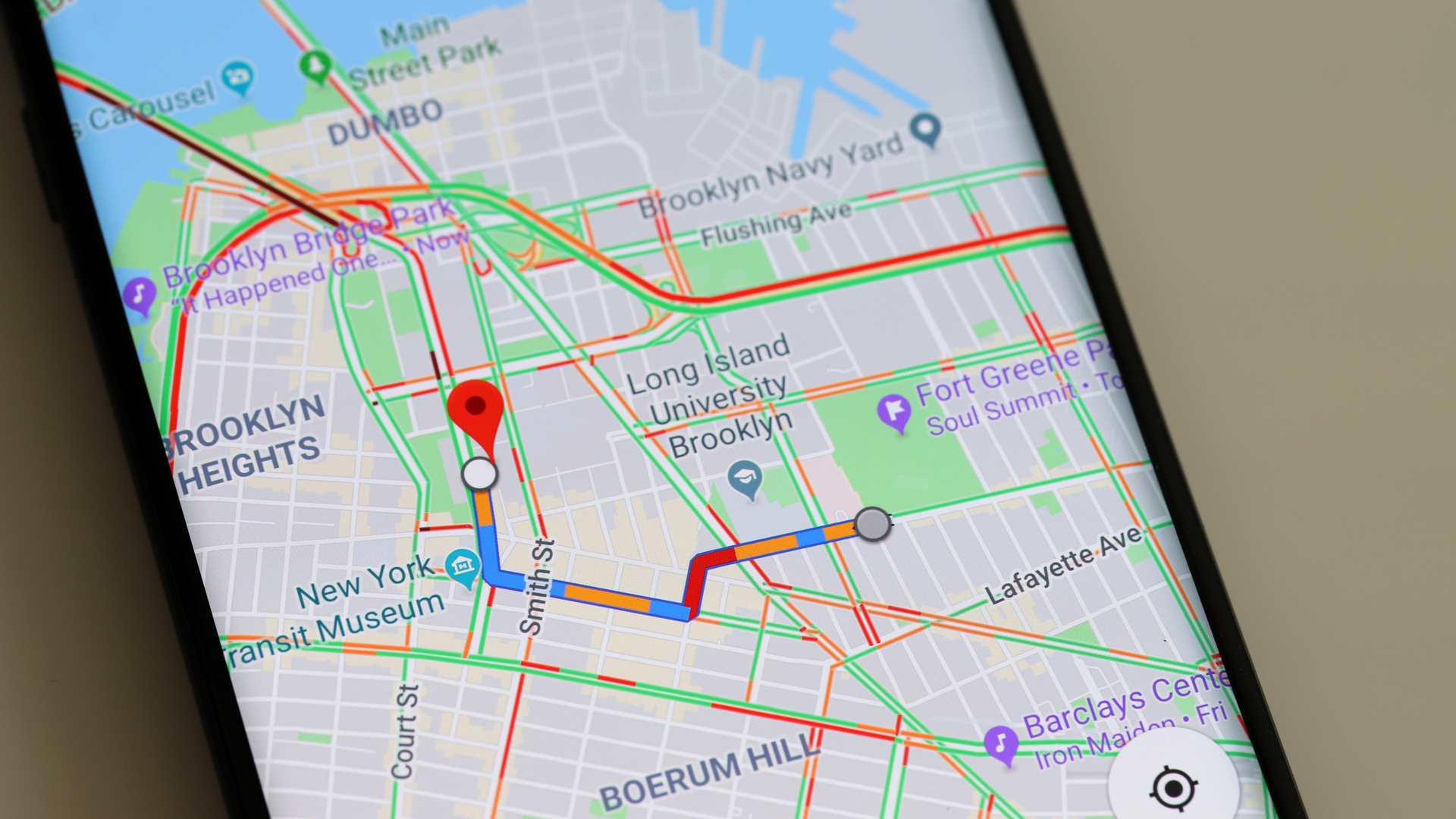Google Maps just got a big Bluetooth upgrade — why that's good for you
Google Maps can now better track you inside tunnels

One of the biggest issues when using any navigational software, including Google Maps, in a car is tunnels as they are known to affect navigational accuracy. However, it seems that Google has found a way to solve this problem, at least on the best Android phones.
There is little doubt that Google Maps is one of the best navigational apps on the market. The program is easy to use and works seamlessly with Android Auto. It appears that Google wants to improve on this even more with the inclusion of Bluetooth beacons to aid with tunnel navigation, as reported by SmartDroid.
Tunnels have long been a problem for GPS-based navigation systems, due to the signals being unable to penetrate the outer layer. This system will allow the phone to connect with the beacons as the user drives through the tunnel, and then connect them with the app to relay their location accurately on screen.
The beacons were originally put in place by another Google-owned company, Waze, to combat the signal issue. It is the same technology that is often used in shopping malls. Supposedly the Waze Beacons are already in cities like New York, Chicago, Paris, Rio, Brussels, Oslo, Sydney, Boston and Mexico City. It is likely that, with Google Maps making use of the feature, we will see the number of locations expand.

This feature, when combined with the recent 3D map upgrade, will make traveling through cities more accurate. However, some of the largest tunnels tend to be found in the countryside, and there is currently no word on whether those will have the same Bluetooth addition soon. It is also unclear if this feature will come to iPhone versions of the app, which currently do not have the option.
It is also good to know that Google is working to improve the system, as there has been some concern that the company appears to be downsizing many of the features that focus on drivers. For instance, it was recently reported that hidden lines of code hinted that the app's “Driving Mode” could be fully removed in 2024. It has been rumored that this is down to improvements to driving voice inputs and adding fewer distractions for drivers on the road.
This is by no means a massive addition, but it is an important one and gives a great example of how cities are adapting to modern technology. While the Bluetooth markers are currently more focused on cars, there are more applications for the technology. For instance, cities with dedicated underground transportation could make great use of the markers. Only time will tell how far this technology will improve over the next few years, and how Google Maps will adapt.
Get instant access to breaking news, the hottest reviews, great deals and helpful tips.
More from Tom's Guide
- Samsung just lost in a big way for the first time in 13 years and it got beat by Apple
- Samsung Galaxy S24 Ultra specs — here’s what we expect
- Samsung might paywall its Galaxy AI features next year but we hope it doesn't

Josh is a staff writer for Tom's Guide and is based in the UK. He has worked for several publications but now works primarily on mobile phones. Outside of phones, he has a passion for video games, novels, and Warhammer.
